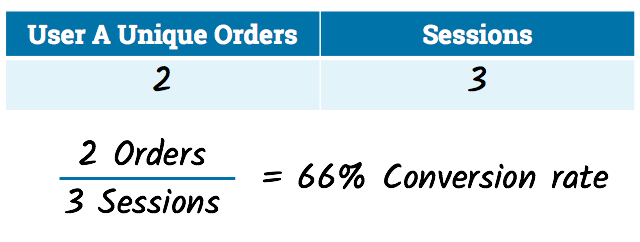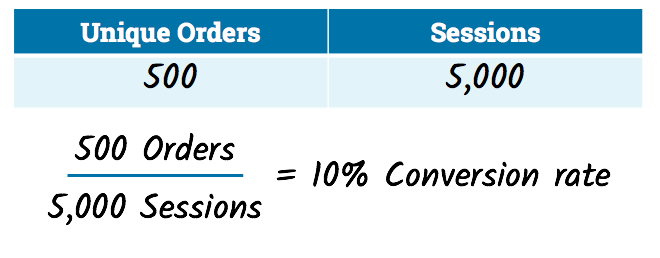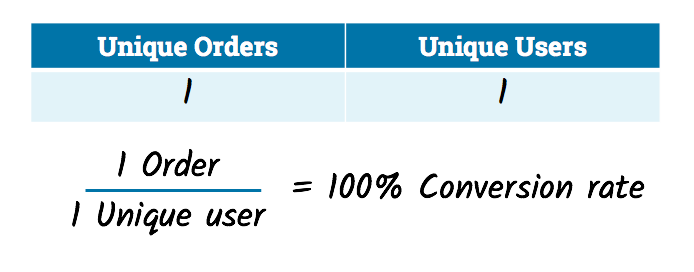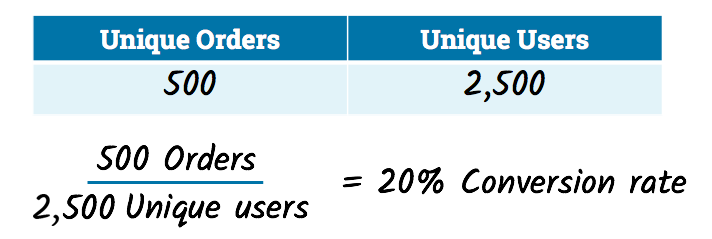Name Product: Learning Conversion Rate Optimization
Download Size: 370 MB
Sale Page: _https://moz.com/learn/seo/conversion-rate-optimization
Conversion Rate Optimization
What is Conversion Rate Optimization?
Conversion rate optimization (CRO) is the systematic process of increasing the percentage of website visitors who take a desired action — be that filling out a form, becoming customers, or otherwise. The CRO process involves understanding how users move through your site, what actions they take, and what’s stopping them from completing your goals.
What is a conversion?
A conversion is the general term for a visitor completing a site goal. Goals come in many shapes and sizes. If you use your website to sell products, the primary goal (known as the macro-conversion) is for the user to make a purchase. There are smaller conversions that can happen before a user completes a macro-conversion, such as signing up to receive emails. These are called micro-conversions.
Examples of conversions
Macro-conversions:
- Purchasing a product from the site
- Requesting a quote
- Subscribing to a service
Examples of micro-conversions:
-
- Signing up for email lists
- Creating an account
- Adding a product to the cart
What is a conversion rate?
Your site’s conversion rate is the number of times a user completes a goal divided by your site traffic. If a user can convert in each visit (such as by buying a product), divide the number of conversions by the number of sessions (the number of unique times a user came to your site). If you sell a subscription, divide the number of conversions by the number of users.
Conversion rate optimization happens after the visit makes it to your site. This is different from conversion optimization for SEO or paid ads which focuses on who clicks through to your site from the organic search results, how many clicks you get, and which keywords are driving traffic.
How to Calculate Conversion Rate
If a user can convert each time they visit the site:
Imagine we own an ecommerce site — Roger’s Robotics. A user could make a new purchase each session. We want to optimize so they make as many purchases as possible. If a user visited the site three times, that would be three sessions — and three opportunities to convert.
Let’s closer at our user’s three sessions and how they behaved:
- Session 1: No conversion — user was familiarizing themselves with the site and poking around.
- Session 2: User bought a shiny new antenna. This is a conversion!
- Session 3: User came back and bought a new set of gears and a blinking light — another conversion! Even though they bought two items, this is a single unique order and thus counts as a single conversion.
To figure out our conversion rate, we would take the number of unique purchase orders and divide it by the total number of sessions.
For our imaginary user, they converted two out of three times they came to the site:

To find out the conversion rate for your site, you’ll look at all unique orders divided the total number of sessions.
Calculating Conversion Rate by Sessions:

If a user can only convert once
Now imagine we owned a second site — Roger’s Monthly Gear Box. Our site sells a subscription for a monthly delivery of robot parts. A user could come back multiple times, but once they purchase a subscription, they won’t convert again.
Let’s look at an example user’s behavior:
- Session 1: User came to the site for the first time to explore the service. No conversion.
- Session 2: User subscribed to our monthly GearBox service– this is our conversion!
- Session 3: User came back to read blog articles and poke around.
Our user here can’t convert each time they visit the site. So instead of looking at the number of sessions, we need to measure conversion success by the number of visitors:

To figure out our website’s conversion rate, we would take the number of unique orders and divide it by the number of unique users.
Calculating Conversion Rate by Unique Users:

5 Ways CRO benefits SEOs
While not necessarily directly related to attracting organic website traffic or ranking on a search engine results page (SERP), conversion rate optimization has distinct benefits for SEO. Those include:
- Improved customer insights. Conversion rate optimization can help you better understand your key audience and find what language or messaging best speaks to their needs. Conversion rate optimization looks at finding the right customers for your business. Acquiring more people doesn’t do your business any good if they’re not the right kind of people!
- Better ROI: Higher conversion rate means making more of the resources you have. By studying how to get the most out of your acquisition efforts, you’ll get more conversions without having to bring in more potential customers.
- Better scalability: While your audience size may not scale as your business grows, CRO lets you grow without running out of resources and prospective customers. Audiences aren’t infinite. By turning more browsers into buyers, you’ll be able to grow your business without running out of potential customers.
- Better user experience: When users feel smart and sophisticated on your website, they tend to stick around. CRO studies what works on your site. By taking what works and expanding on it, you’ll make a better user experience. Users who feel empowered by your site will engage with it more — and some may even become evangelists for your brand.
- Enhanced trust: In order for a user to share their credit card, email, or any sort of personal information, they have to genuinely trust the site. Your website is your number-one sales person. Just like an internal sales team, your site needs to be professional, courteous, and ready to answer all of your customers’ questions.











Reviews
There are no reviews yet.